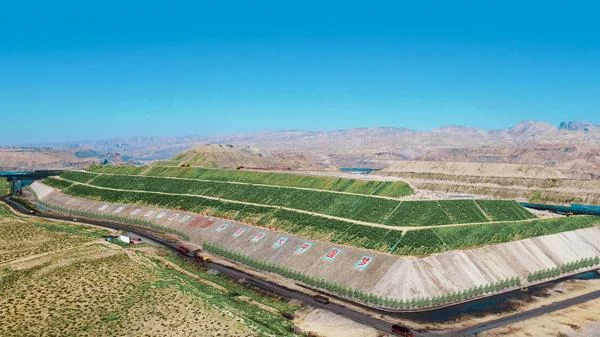
Introduction
Cyanide tailings are by - products generated in gold mining and other industries that utilize cyanide in the extraction process. Due to the presence of toxic cyanide compounds, Cyanide tailings pose a serious threat to the environment. Hydrogen peroxide treatment is an effective method for dealing with these tailings. This article will explore this treatment method in detail.
Principle of Hydrogen Peroxide Treatment
Hydrogen peroxide (H₂O₂) is a powerful oxidizing agent. When treating cyanide tailings, the basic principle is that Hydrogen peroxide reacts with cyanide compounds in an alkaline environment (usually with a pH of 10 - 11). Catalyzed by substances (usually copper ions, Cu²⁺), the following reactions occur:
Cyanide (CN⁻) is oxidized to cyanate (CNO⁻). The reaction can be simply expressed as:
2CN⁻ + 5H₂O₂ + 2OH⁻ → 2CNO⁻ + 6H₂O
Under specific conditions, cyanate can further react and decompose into less harmful substances, such as ammonia (NH₃), carbon dioxide (CO₂), and nitrogen (N₂).
CNO⁻ + 2H₂O → NH₃ + HCO₃⁻
Subsequently, ammonia can be further oxidized or volatilized under appropriate environmental conditions.
Treatment Steps
Tailings Slurry Preparation: First, the cyanide tailings need to be made into a slurry. This is usually done by adding water to the tailings and thoroughly mixing them in a suitable container (such as a large - scale mixing tank). The consistency of the slurry is adjusted to ensure good contact between hydrogen peroxide and the cyanide - containing particles.
pH Adjustment: The pH of the cyanide tailings slurry is adjusted to the appropriate alkaline range, typically pH 10 - 11. This step is crucial because the oxidation reaction of hydrogen peroxide with cyanide is highly dependent on the pH value. Lime (Ca(OH)₂) or sodium hydroxide (NaOH) is commonly used to increase the pH.
Catalyst Addition: Copper - based catalysts, such as copper sulfate (CuSO₄), are added to the slurry. Copper ions can catalyze the reaction between hydrogen peroxide and cyanide, significantly accelerating the reaction rate. The concentration of copper ions in the slurry is usually controlled at around 50 mg/L. However, if the tailings already contain sufficient copper or other catalytic substances, additional catalyst addition may not be necessary.
Hydrogen Peroxide Addition: Then, hydrogen peroxide is added to the slurry. The amount of hydrogen peroxide added depends on the concentration of cyanide in the tailings. The molar ratio of hydrogen peroxide to cyanide is generally in the range of 3:1 - 8:1. For example, if the cyanide content in the tailings is high, a higher ratio of hydrogen peroxide is required. Hydrogen peroxide should be added slowly with continuous stirring to ensure uniform distribution and full reaction.
Reaction and Stirring: The slurry is continuously stirred during the reaction to ensure sufficient contact between the reactants. The reaction time varies depending on the initial cyanide concentration and treatment objectives, generally not less than 1 - 2 hours. During this period, hydrogen peroxide oxidizes cyanide into less harmful products.
Solid - Liquid Separation: After the reaction is complete, solid - liquid separation is performed on the treated slurry. This can be achieved through methods such as sedimentation in a thickener followed by filtration using a filter press. The separated solid (i.e., the treated tailings) can be safely disposed of, for example, stored in a well - lined and monitored tailings pond. The filtrate, with reduced concentrations of cyanide and other substances, can be further treated or reused in the production process if conditions permit.
Factors Affecting Treatment Efficiency
Hydrogen Peroxide Concentration: The higher the concentration of hydrogen peroxide added, the better the oxidation effect on cyanide. However, excessive use of hydrogen peroxide not only increases costs but may also trigger side reactions and potential environmental problems.
pH Value: As mentioned above, the pH value of the reaction system has a significant impact on the reaction rate and efficiency. Deviations from the optimal pH range of 10 - 11 will slow down the oxidation reaction of cyanide by hydrogen peroxide.
Catalyst Concentration: The concentration of the copper - based catalyst affects the reaction rate. If the catalyst concentration is too low, the reaction may be very slow; if it is too high, it may cause other complex chemical reactions and also increase costs.
Reaction Time: Sufficient reaction time is required to ensure the complete oxidation of cyanide as much as possible. Insufficient reaction time will result in residual cyanide in the treated tailings.
Initial Cyanide Concentration: The higher the initial cyanide concentration in the tailings, the more difficult it is to achieve complete treatment, and more hydrogen peroxide and longer reaction times may be required.
Advantages of Hydrogen Peroxide Treatment
High Oxidation Efficiency: Hydrogen peroxide can effectively oxidize various forms of cyanide, including free cyanide and some metal - cyanide complexes, significantly reducing the toxicity of cyanide tailings.
Relatively Simple Process: Compared with some other cyanide treatment methods (such as complex chemical precipitation or biological treatment methods), the hydrogen peroxide treatment process is relatively intuitive and easy to operate.
Low Risk of Secondary Pollution: The by - products of the hydrogen peroxide oxidation reaction are less harmful. The intermediate product cyanate can be further decomposed into non - toxic substances, and hydrogen peroxide itself decomposes into water and oxygen, minimizing the risk of secondary pollution.
Wide Applicability: This method is applicable to both small - scale mining operations and large - scale industrial plants, making it a versatile choice for treating cyanide tailings.
Case Studies
A Gold Mining Company: A gold mining company located in [specific location] had a large amount of cyanide tailings with a high cyanide concentration. They adopted the hydrogen peroxide treatment method. By optimizing process parameters, including adjusting the pH to 10.5. adding copper sulfate at a concentration of 50 mg/L as a catalyst, using a hydrogen peroxide - to - cyanide molar ratio of 5:1. and conducting a 1.5 - hour reaction, they successfully reduced the cyanide concentration in the tailings to levels far below regulatory standards. The treated tailings were safely stored in the tailings pond, and the filtrate was reused in the mining process, reducing water consumption.
A Small - Scale Mining Operation: A small - scale gold mining operation in a remote area also faced the problem of cyanide - containing tailings. Due to limited resources, considering its operational simplicity, they chose the hydrogen peroxide treatment method. By carefully controlling the amount of hydrogen peroxide added according to the estimated cyanide content in the tailings, adjusting the pH with locally available lime, and using a simple mechanical stirrer for mixing, they successfully reduced the cyanide toxicity of the tailings. Although the treatment scale was small, it was sufficient to meet local environmental requirements for tailings disposal, protecting the surrounding environment from potential cyanide pollution.
Precautions
Safe Handling of Hydrogen Peroxide: Hydrogen peroxide is a strong oxidizing agent and can be extremely dangerous if not handled properly. Workers involved in the treatment process should wear appropriate personal protective equipment, such as gloves, goggles, and protective clothing. The storage of hydrogen peroxide should also strictly comply with safety regulations to prevent accidental decomposition or contact with flammable substances.
Accurate Monitoring: Continuous monitoring of the reaction process is essential. This includes monitoring the pH value of the slurry during the reaction, the concentrations of hydrogen peroxide and cyanide, as well as the reaction temperature. Regular sampling and analysis should be carried out to ensure that the treatment process proceeds as expected and to make timely adjustments if necessary.
Disposal of Treated Tailings: Even after treatment, the solid tailings should be stored in a regular tailings pond that meets environmental standards. The tailings pond should have a suitable lining structure to prevent the leakage of residual harmful substances into the soil and groundwater.
Environmental Impact Assessment: Before implementing the hydrogen peroxide treatment method, a comprehensive environmental impact assessment should be conducted to evaluate its potential impacts on air, water, and soil quality, as well as on the surrounding ecosystem. This assessment helps optimize the treatment process and ensures compliance with environmental regulations.
In conclusion, the hydrogen peroxide treatment method provides a viable and effective solution for the treatment of cyanide tailings. By understanding its principle, following the correct treatment steps, considering influencing factors, and taking necessary precautions, this method can significantly reduce the environmental risks posed by cyanide tailings, contributing to the sustainable development of the mining industry and environmental protection.
- Random Content
- Hot content
- Hot review content
- Industrial grade sodium hexametaphosphate 68% SHMP
- IPETC 95%Metal sulfide mineral collector Z-200
- High-precision Delay Element( 25ms- 10000ms)
- industry Electric Detonator
- Potassium Permanganate – Industrial Grade
- Sodium Peroxide
- Antimonium Tartrate Potassium
- 1Discounted Sodium Cyanide (CAS: 143-33-9) for Mining - High Quality & Competitive Pricing
- 2Sodium Cyanide 98% CAS 143-33-9 gold dressing agent Essential for Mining and Chemical Industries
- 3Sodium Cyanide 98%+ CAS 143-33-9
- 4Anhydrous Oxalic acid 99.6% Industrial Grade
- 5Soda Ash Dense / Light 99.2% Sodium Carbonate Washing Soda
- 6Oxalic acid for mining 99.6%
- 7Calcium hydroxide Industrial Grade 90%
- 1Sodium Cyanide 98% CAS 143-33-9 gold dressing agent Essential for Mining and Chemical Industries
- 2High Quality 99% Purity of Cyanuric chloride ISO 9001:2005 REACH Verified Producer
- 3 High-Quality Sodium Cyanide for Leaching
- 4Powdery emulsion explosive
- 5Industry Grade Electron grade 98% Sulfuric Acid H2SO4 Sulphuric Acid Battery Acid Industrial Sulfuric Acid
- 6Colloidal emulsion explosive
- 7sodium hydrosulfide 70% flakes used Mining Industry

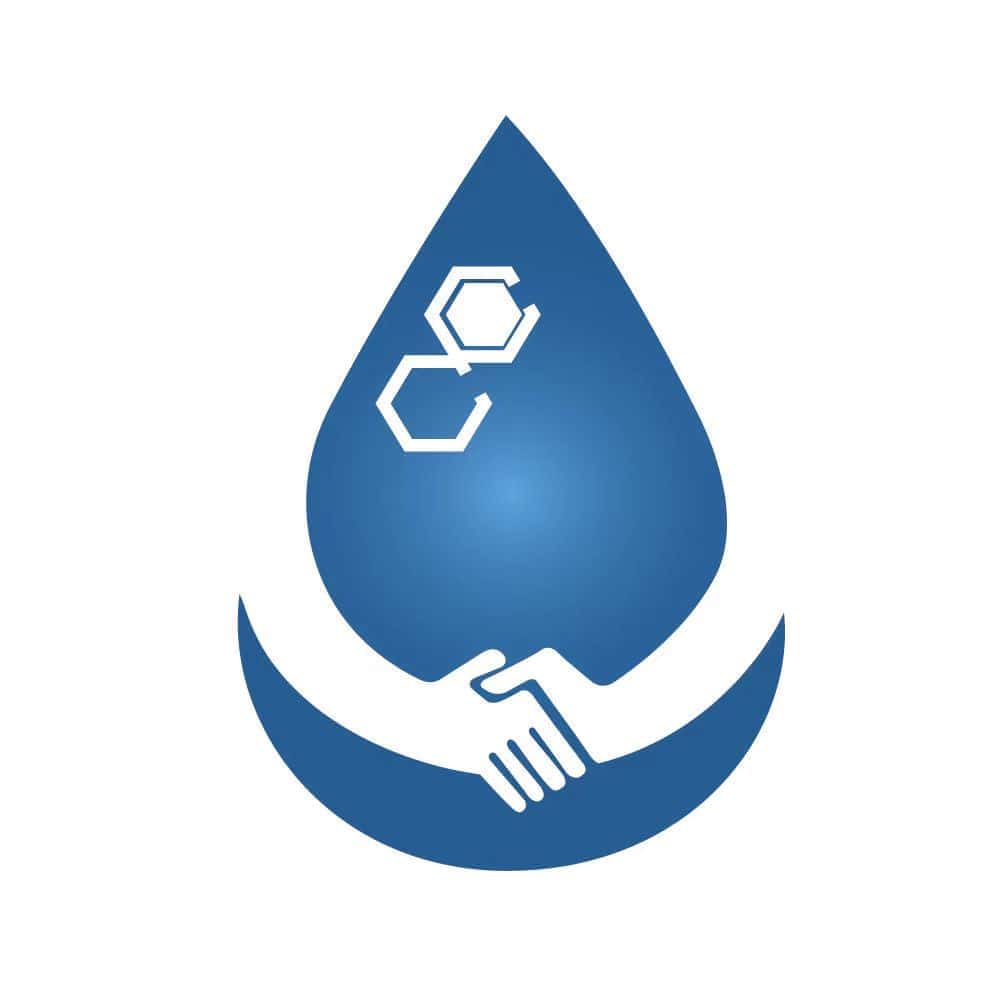
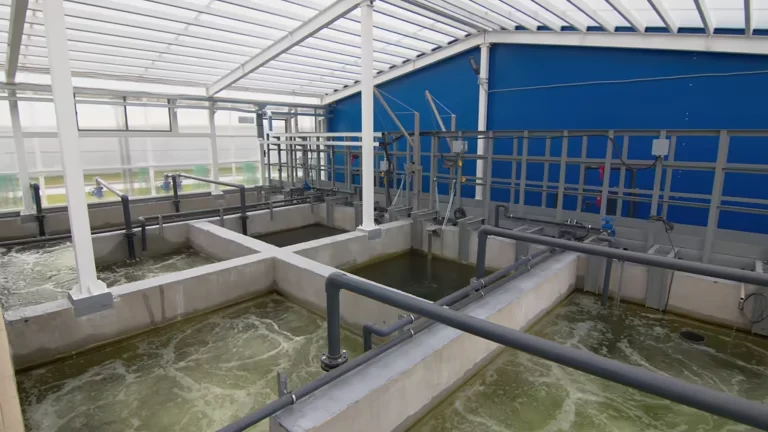

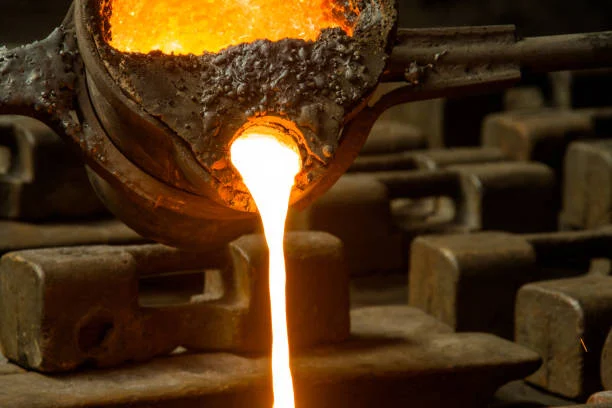
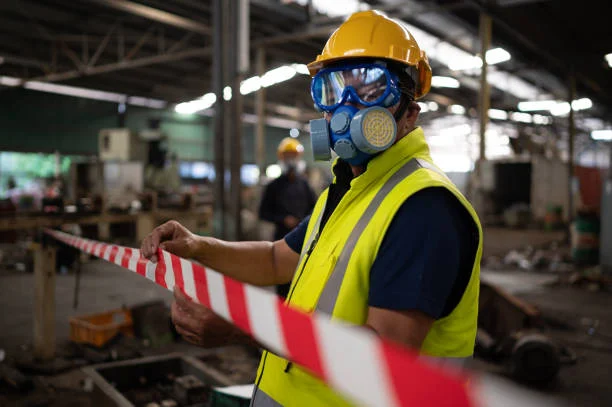
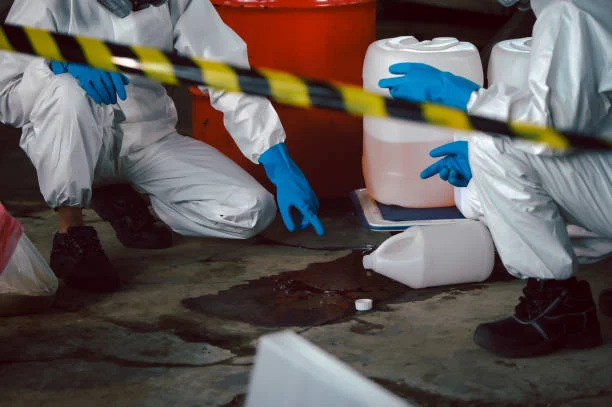
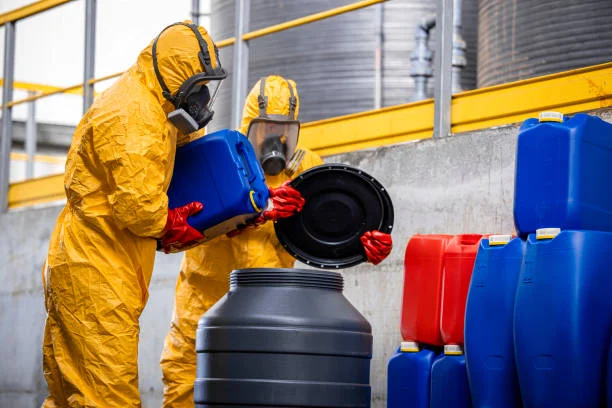
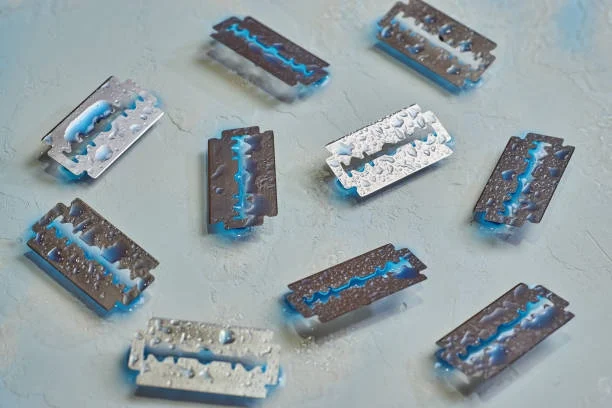


Online message consultation
Add comment: